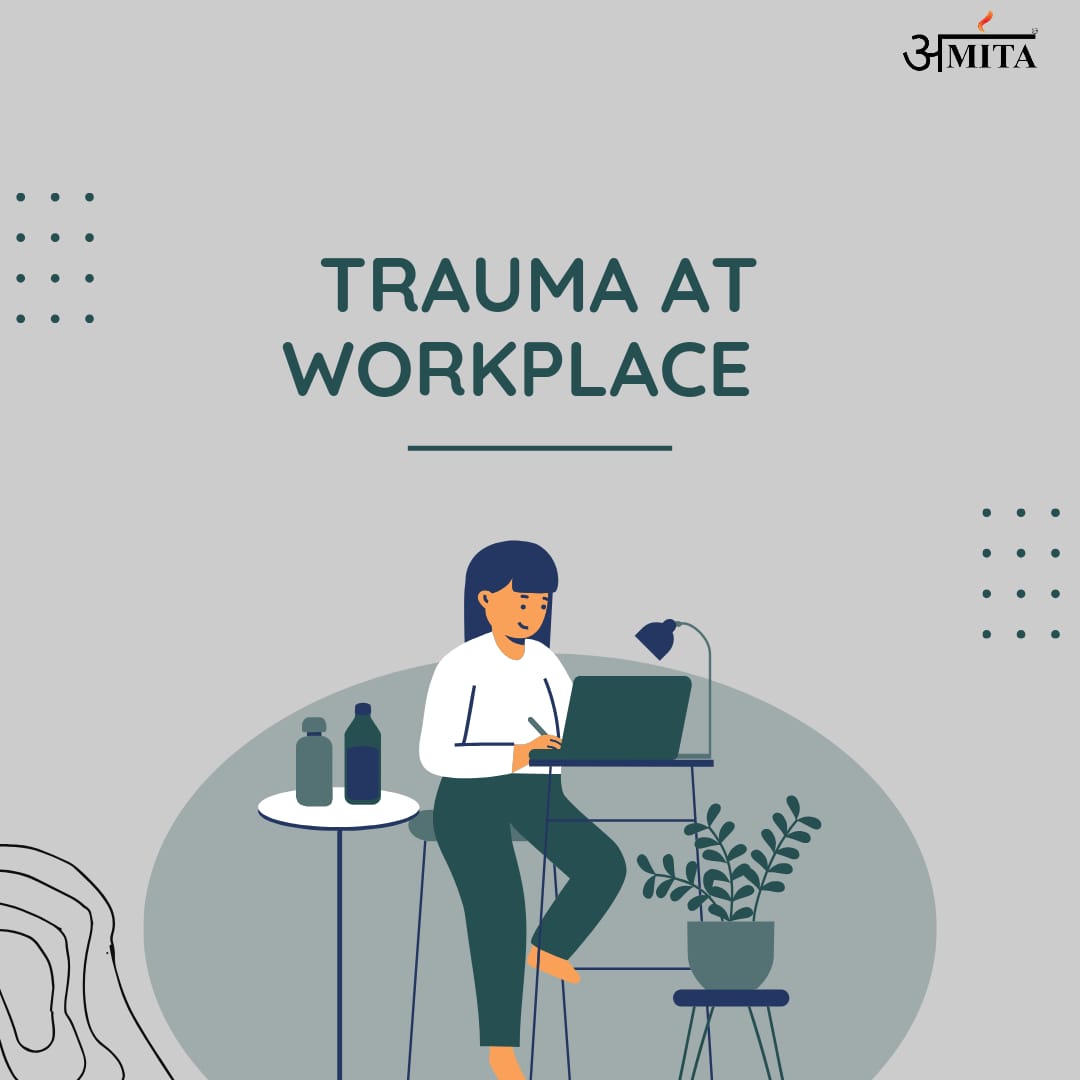
The office isn’t always a haven from life’s storms. Trauma, whether personal or work-related, can seep into the professional sphere, impacting employee well-being and productivity. But what exactly is workplace trauma, and how can we address it effectively?
Trauma 101: It’s Not Just About Accidents
Traditionally, workplace trauma conjures images of accidents or violent incidents. However, the reality is broader. It can include:
- Chronic stress from unrealistic workloads, bullying, or a toxic work environment.
- Exposure to traumatic events like witnessing a colleague’s breakdown or dealing with difficult customer interactions.
- Unrelated traumas that spill over into work, impacting focus and emotional regulation.
The Price We Pay for the
Unacknowledged trauma in the workplace can have a ripple effect:
- Reduced productivity and increased absenteeism as employees struggle to cope.
- Heightened employee conflict due to emotional volatility and communication breakdowns.
- Increased risk of burnout as employees become overwhelmed and disengaged.
Building a Trauma-Informed Workplace*m
Here’s how organizations can foster a more supportive environment:
- Open Communication: Normalize conversations about mental health and encourage employees to seek help when needed.
- Leadership Training: Equip leaders with skills to recognize trauma signs and offer compassionate support.
- Employee Assistance Programs (EAPs): Provide confidential access to mental health professionals for counselling and psychotherapy for trauma-related issues.
- Flexible work arrangements: Offer options like remote work or flexible hours to help employees manage stress and prioritize well-being.
- Zero Tolerance for Bullying: Implement clear policies and consequences to ensure a safe and respectful work environment.
- Empathetic Leadership at Workplace: Building grievance management systems for bully and toxicity along with evidence based training and mentoring supervisors and managers on empathetic leadership has shown results.
Remember: A trauma-informed workplace isn’t just good for employees – it’s good for business. By fostering a culture of empathy and support, organizations can build a more resilient and productive workforce.
Looking for Help?
- We assist companies to reduce violence and toxicity with a focus on harnessing empathetic leadership through our flagship program, “Tuning in to Empathetic Leadership, TIEL”. Connect with us for a meaningful and successful partnership to making workplaces healthier.
- The National Institute for Occupational Safety and Health (NIOSH): https://www.cdc.gov/niosh/topics/stress/default.html
- The Society for Human Resource Management (SHRM): https://www.shrm.org/topics-tools/tools/toolkits/understanding-workplace-violence-prevention-response
Let’s break the stigma and create workplaces that prioritize not just productivity, but also the well-being of their most valuable asset: their people.
Kanishka
